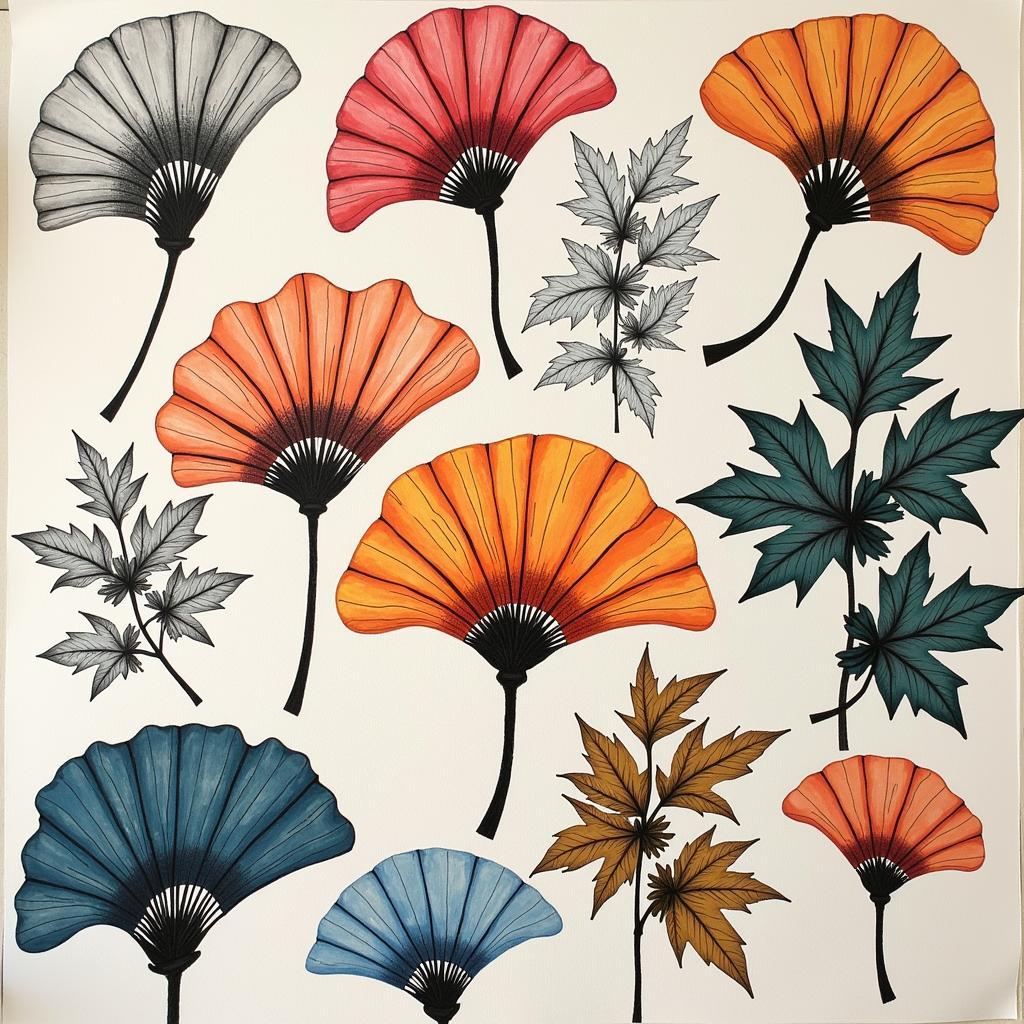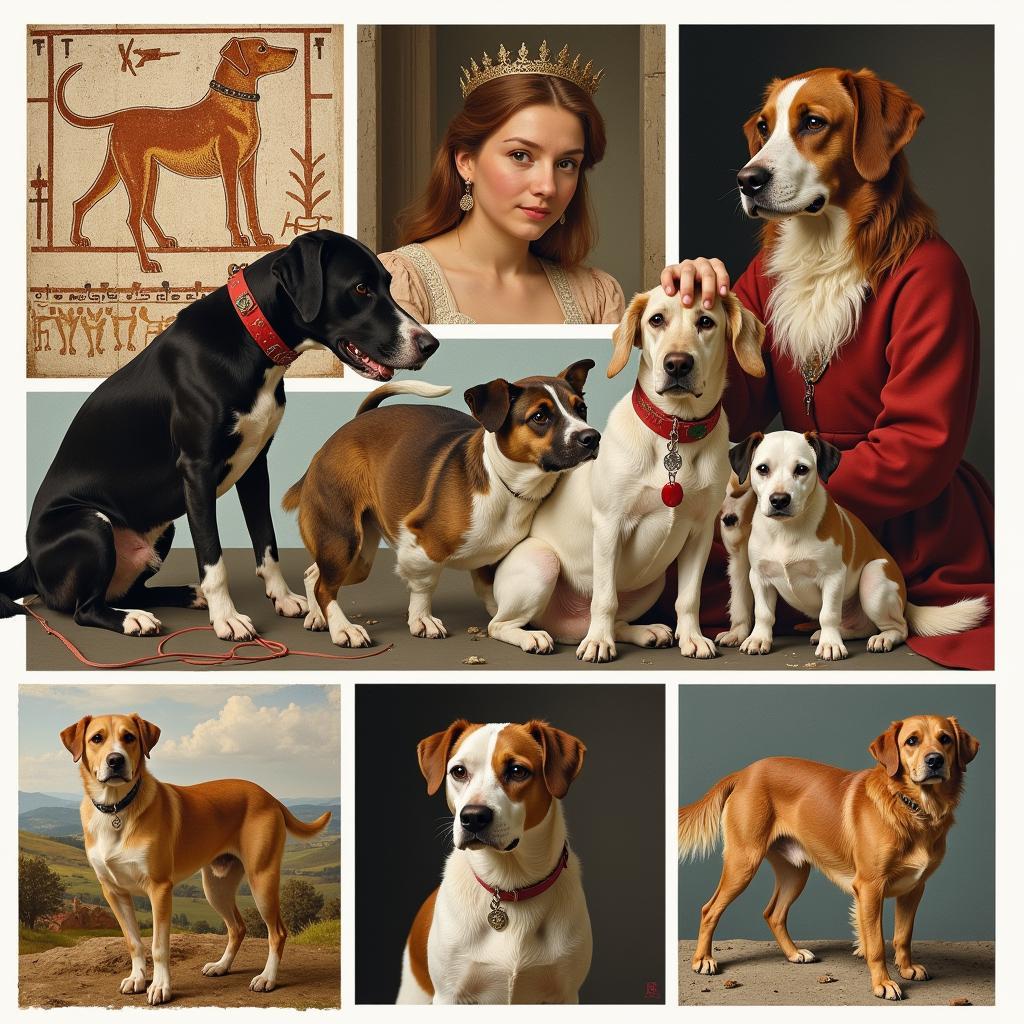Andy Warhol Commercial Art: Bridging Pop Art and Consumer Culture
Andy Warhol’s iconic works are more than just colorful canvases – they’re a powerful commentary on the intersection of art, consumerism, and celebrity culture. Warhol, often dubbed the “Pope of Pop,” revolutionized the art world by embracing everyday objects and mass production, blurring the lines between high art and commercial art.
Mass Production as Art: Challenging Traditional Notions
Before Warhol, art was often perceived as something exclusive, reserved for galleries and elite circles. However, Warhol’s art redrew these boundaries. He saw beauty in the mundane, elevating everyday consumer products like Campbell’s Soup cans and Coca-Cola bottles into art objects. This fascination with mass production challenged the traditional art world, forcing critics and audiences to reconsider the definition of art itself. By employing techniques like silkscreen printing, he could reproduce images endlessly, mirroring the repetitive nature of advertising and mass media. This challenged the idea of the unique, one-of-a-kind artwork, a concept central to traditional art forms.
Celebrity Obsession: Icons of the Silver Screen and Beyond
Warhol’s fascination with fame and celebrity is another defining aspect of his work. He immortalized icons like Marilyn Monroe, Elvis Presley, and Jackie Kennedy, transforming their images into colorful, mass-produced prints. This obsession with celebrity mirrored society’s growing fascination with popular culture, reflecting the rise of mass media and the increasing influence of Hollywood.
Beyond the Canvas: Exploring Different Mediums
While Warhol is best known for his silkscreens, he was a multimedia artist who experimented with various mediums, including film, photography, and music. He embraced new technologies, recognizing their potential to democratize art and make it accessible to a wider audience. His studio, The Factory, became a hub for artists, musicians, and socialites, reflecting the vibrant and experimental spirit of the 1960s New York art scene.
Enduring Legacy: Influencing Contemporary Art and Beyond
Andy Warhol’s influence on contemporary art is undeniable. His bold use of color, repetition, and everyday imagery continues to inspire artists today. His work has also transcended the art world, permeating fashion, design, and popular culture. From designer collaborations to advertising campaigns, Warhol’s imagery remains instantly recognizable and influential, cementing his status as a true icon of the 20th century.
“Warhol’s genius lay in his ability to tap into the zeitgeist, to capture the essence of a particular time and place,” says Dr. Amelia Jones, art historian and Warhol scholar. “His work continues to resonate with audiences today because it speaks to universal themes of consumerism, celebrity, and the human condition.”
Conclusion
Andy Warhol’s commercial art wasn’t just about mimicking advertising or celebrating consumerism; it was a profound reflection on these very themes. By blurring the lines between high art and popular culture, Warhol challenged traditional notions of what art could be, leaving behind a legacy that continues to inspire and provoke dialogue. His innovative approach and enduring impact ensure that Andy Warhol remains a pivotal figure in the story of art and its intersection with the modern world.




